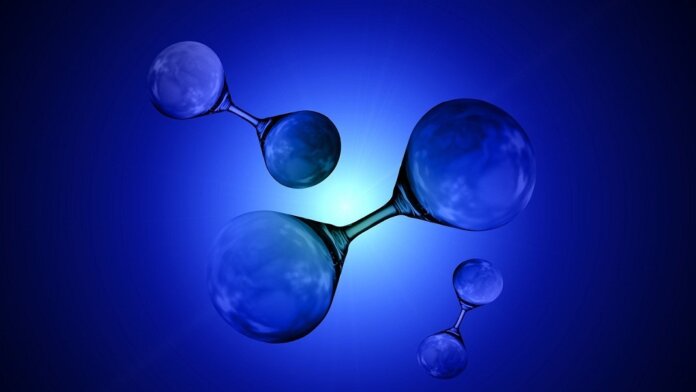Hydrogen is likely to play a crucial role in our efforts to wean ourselves off fossil fuels, but making it in an environmentally friendly way requires huge amounts of water. Now researchers have developed a new technique that makes hydrogen fuel out of thin air in even the driest climates.
While renewable energy and battery technology are making big strides in decarbonizing large parts of the power and transport sectors, hydrogen could also be an important part of the energy mix. It can be burned just like conventional fuels, but the only byproduct it releases is water. It has decent energy density, which makes it a promising solution for applications with stringent weight requirements like aviation, and it can also be a useful way to store energy over longer periods.
But how eco-friendly hydrogen fuel is depends a lot on how it is produced. Today, the bulk is so-called “grey hydrogen,” which is made from fossil fuels and results in considerable greenhouse gas emissions. For hydrogen to contribute to decarbonization, we need to shift to “green hydrogen” produced by electrolyzers that split water into hydrogen and oxygen using renewable energy.
A challenge is that many of the places with the best renewable energy sources struggle with water scarcity. But now researchers from the University of Melbourne in Australia have developed a new technique that is able to create hydrogen fuel out of moisture absorbed from the air. What’s more, it works even if the humidity is below that found in the world’s driest deserts.
“The ability to use moisture from air makes this DAE [direct air electrolyzer] module applicable in remote, arid, and semi-arid environments where the accessibility to fresh water is a big problem,” Gang Kevin Li told Newsweek. “Most areas on earth with high solar and wind potentials lack fresh water.”
Access to water would be a major concern if green hydrogen production was to be scaled up significantly. In a paper in Nature Communications, the researchers point out that more than a third of the planet is arid or semi-arid, and there is a significant overlap between areas with water scarcity and those with the greatest solar and wind power potential.
Even in the driest climates, though, there is a considerable amount of moisture in the air. The researchers note that even in places like the Sahel desert, relative humidity is still around 20 percent on average. So they set about finding a way to use this untapped water resource to produce hydrogen.
Their device consists of a water harvesting unit that houses a sponge soaked in a water-absorbing liquid that can pull moisture from the air. On either side of this reservoir are electrodes that can be powered by any renewable energy source. When a current runs through the circuit, the water is split via electrolysis into its constituent oxygen and hydrogen atoms, which can then be collected as gas.
The team showed that the device could run efficiently for 12 consecutive days and produced hydrogen with 99 percent purity. What’s more, the device continues to work in relative humidity as low as four percent.
To test its real-world potential, the team rigged up five electrolyzers in parallel and placed them outside, where they were powered by a solar panel. The setup was able to produce an average of 745 liters (197 gallons) of hydrogen per square meter per day.
That’s about half the amount a conventional, water-fed electrolyzer would produce under similar environmental conditions, Simon Bennett from the International Energy Agency told New Scientist, but not bad for a device that runs on humidity.
A major issue facing hydrogen fuel is the fact that the infrastructure to distribute it is very different from that used for today’s fossil fuels, often requiring high pressure and even cryogenic storage. As Li pointed out to Newsweek, a device like this that allows hydrogen to be made anywhere could help distribute production, which could get around some of these issues.
At the moment, though, the biggest barrier for green hydrogen is cost. Until electrolyzer technology comes down in price and becomes more efficient, hydrogen is unlikely to compete with traditional fuels, whether it’s pulled from thin air or not.
Image Credit: Gerd Altmann from Pixabay



